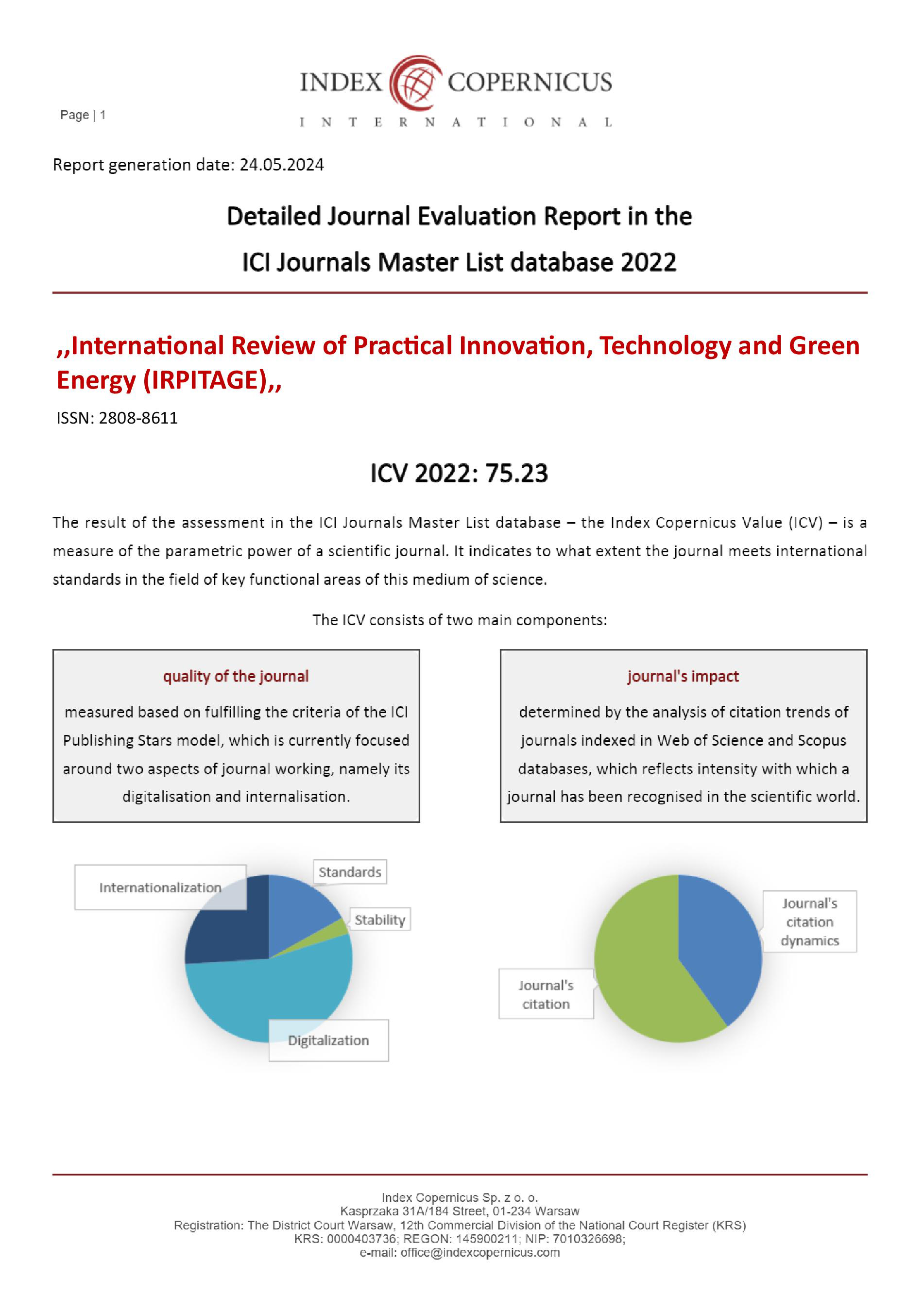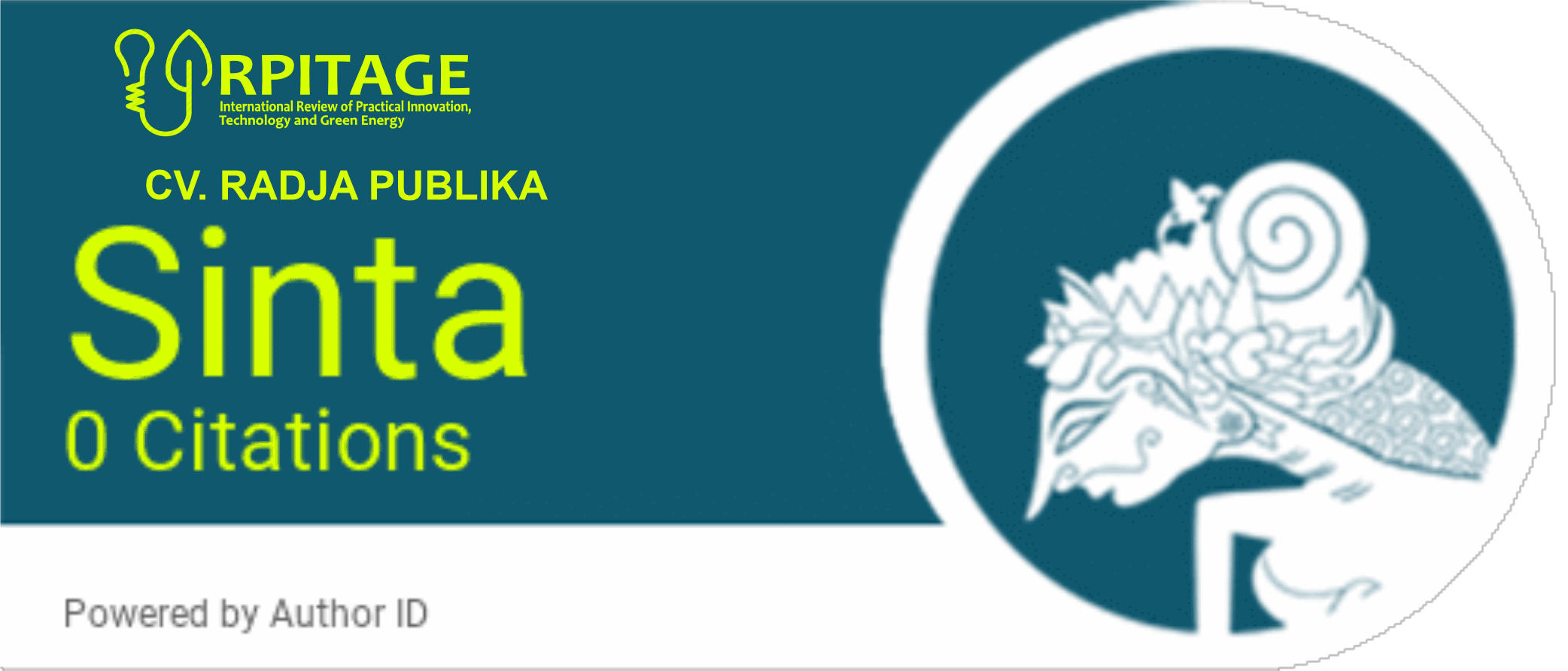USE OF BAGS AS CHARCOAL BRICKETS AS A WASTE SOLUTION IN LANGSA CITY IN ALUE DUA VILLAGE, LANGSA BARO DISTRICT, LANGSA CITY
Main Article Content
Faoeza Hafiz Saragih
Haikal Fajri
Defri Basrin
There is quite a lot of sugarcane bagasse waste in Langsa City which is not utilized properly and only ends up in the city landfill. This sugarcane bagasse waste can be processed and utilized into a high-value product, namely charcoal briquettes. Where currently the demand for energy sources that are environmentally friendly and have affordable prices is very popular with the public both at home and abroad. Therefore, to reduce sugarcane bagasse waste and make it of high economic value, training was held on making charcoal briquettes from bagasse and improving the community's economy. This service activity will be carried out in Alue Dua Village, Langsa Baro District. The output of this activity is the creation of briquette charcoal products and increasing partner income. The results achieved in this activity were to increase the partners' insight into processing sugarcane bagasse into charcoal briquettes. In the future, partners also hope that there will be training related to digital marketing for the products they produce.
Fitriana W. Analisis Potensi Briket Bio-Arang Sebagai Sumber Energi Terbarukan Analysis Of Potency Of Biocharcoal Briquettes As A. 2021;10(2):147–54.
Ganvir VN, Ahmed ST. Synthesis of activated carbon from toor dall husk (cajanus cajan seed husk) by chemical activation. Int J ChemTech Res. 2014;6(5):2750–4
Handayani DP, Rusmini D. Pemanfaatan Ampas Tebu Sebagai Karbon Aktif Utilization of Bagasse an Activated Carbon. UNESA J Chem. 2019;8(1):13–6.
Hidayati ASDSN, Kurniawan S, Restu NW, Ismuyanto B. Potential of Sugar Cane as An Alternative Raw Material for Making Activated Carbons. Natural-B. 2016;3(4):318–22.
Lavarack BP, Griffin GJ, Rodman D. The acid hydrolysis of sugarcane bagasse hemicellulose to produce xylose, arabinose, glucose and other products. Biomass and Bioenergy. 2002;23(5):367–80.
Maulinda L, Mardinata H. Ampas Tebu Menggunakan Metode RSM ( Response Surface methodology ). 2019;1(Mei):1–6.











